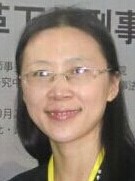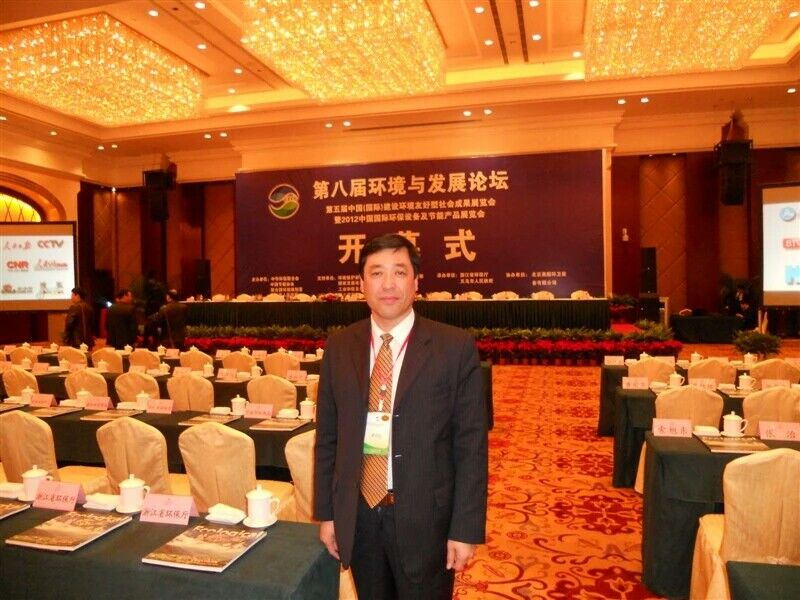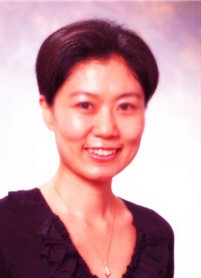先看例句:
Freedom fighters can be found everywhere, and they are of all times. 自由戰(zhàn)士在各個(gè)地區(qū),各個(gè)時(shí)期都存在。
該句的后半句,采用了be of接名詞來(lái)說(shuō)明句子的主語(yǔ)所具有的性質(zhì)或特征。這是一種很常用的句式。
be of 后可接兩種不同性質(zhì)和類型的名詞,他們的意義大相徑庭。
1. be of 后可接value, importance, use, help, significance, interest, benefit 等一些抽象名詞,這樣的結(jié)構(gòu)用來(lái)說(shuō)明句子主語(yǔ)所具有的作用、重要性或意義。在這類抽象名詞前我們可用一些形容詞,如: great, little, some, any, no, not much等來(lái)修飾抽象名詞,用以說(shuō)明程度。如:
They are of great help to learners of English. 他們對(duì)英語(yǔ)學(xué)習(xí)者有很大幫助。
The book will be of great value to students of history. 這本書(shū)對(duì)學(xué)歷史的學(xué)生將很有用。
The meeting is of great importance. 這個(gè)會(huì)議很重要。
This medicine is of no use. 這種藥無(wú)效。
This matter is of no significance. 這件事無(wú)關(guān)緊要。
在“be of + 抽象名詞”結(jié)構(gòu)中,其意義就相當(dāng)于“be + 與該抽象名詞同詞根的形容詞”。如:be of value→be valuable, be of help→be helpful, be of use→be useful, be of importance→be important, be of significance→be significant等。它們之間可以相互轉(zhuǎn)換,因此,以上各例句可轉(zhuǎn)換為:
They are very helpful to learners of English.
This book is very valuable to students of history.
This meeting is very important.
This medicine is useless.
This matter is insignificant.
2. be of +名詞,還可用來(lái)說(shuō)明句子主語(yǔ)在度量,大小,顏色,類別等方面的特征。這類名詞有 colour, age, size, height, weight, shape, type, kind等。在這類名詞前常用different, all, the same, this, that, a(n) + 形容詞等詞來(lái)修飾或說(shuō)明。如:
Coins may be of different sizes, weights, shapes, and of different metals.
貨幣可能在大小、重量、形狀和鑄造的金屬方面都有所不同。
These pens are of many different colours. 這些筆有許多不同的顏色。
The two rooms are of a size / of the same size. 這兩個(gè)房間大小一樣。
He is of the same weight as his brother. 他和他弟弟一樣重。
The productive forces were of a very low level. 生產(chǎn)力處于非常低的水平。
City Lights and Modern Times were of this kind. “城市之光”和“摩登時(shí)代”就是這種影片。
注意:此類句型中的某些表達(dá)可以轉(zhuǎn)換成“be + different / the same + in + 抽象名詞” 的形式。如:
Coins may be different in size, weight, shape, and metal.
These pens are different in colour.
The two rooms are the same in size.
(聲明:本站所使用圖片及文章如無(wú)注明本站原創(chuàng)均為網(wǎng)上轉(zhuǎn)載而來(lái),本站刊載內(nèi)容以共享和研究為目的,如對(duì)刊載內(nèi)容有異議,請(qǐng)聯(lián)系本站站長(zhǎng)。本站文章標(biāo)有原創(chuàng)文章字樣或者署名本站律師姓名者,轉(zhuǎn)載時(shí)請(qǐng)務(wù)必注明出處和作者,否則將追究其法律責(zé)任。) |










